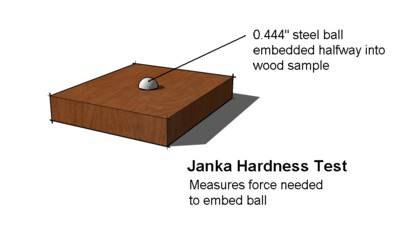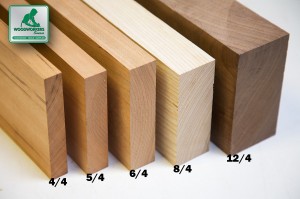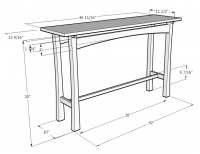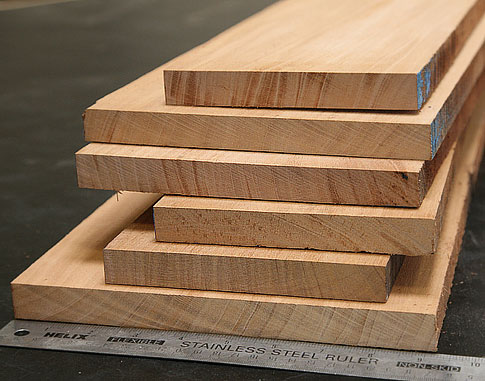
Cedar Aromatic Paper Back Veneer Sheet - 2' x 8' Roll
SKU: 20252002$64.00 ea.
Why Choose Aromatic Cedar?
Aromatic Red Cedar boards tend to be knotty and narrow because this is a very slow-growing species, and most trees harvested tend to be fairly small in diameter. The wood is soft with a fine, even texture. Very knotty with distinctive cedar aroma. Soft, easy to work but knots may present some difficulties. Easy to finish.
These real wood veneer sheets are composed of premium sliced hardwoods that are spliced along the edges to make the full width; splicing is also done in a book matched pattern that's attractive and helps hide the splicing seam. The sheets use full-length slices so there are no splices to make the length. The 10 mil (10 thousandths) thickness paper backing allows the sheet to bend, flex, and work with curves and shapes without splitting. Apply paper back veneers with contact adhesive to make panels of large projects: conference tables, desks, doors, cabinet doors, coffee tables, etc.
| Thickness | 1/42" (≈ 1/42" approx) |
| Width | 24" |
| Length | 8' |
| Grade | Architectural grade paper back veneer is cut from the cleanest and most attractive logs; all sheets are sanded smooth to 220 grit |
| Quantity | One sheet has 16 square feet |
Woodworkers Also Recommend These
2.75
lbs /Bd. Ft.Wood Texture
Ease of Finishing
Light red with streaks of creamy white.
Reaches a height of 40-60 feet with a buttress trunk which may often be angled with a diameter up to 24".
Eastern red cedar, Juniper, Red juniper, Red cedar, Virginia pencil cedar
Linen and blanket chests, pencils, boxes. Carves and whittles nicely.
Great value
Retired
Cedar roll
Cedar Veneer
A+ Veneer
As advertised
The Joys of Building with Great Woods
Understanding hardwood lumber starts right here with these wacky fractions.
If you're expecting perfect clear lumber 100% of the time, you're in for a surprise. Here's a summary of the hardwood lumber grades and what to expect from them.
Board feet isn't your everyday kind of math, but these three simple steps make it easy to figure out your project.
Here's a handy (and free) Excel worksheet that helps you estimate the lumber needs for your project.
Are woods poisonous? Hazardous to use in cutting boards or baby cribs? Find out here.
Wood is like a sponge, and it's always in a state of absorbing or releasing moisture to stay equalized with its environment. The problem with that is it also swells and shrinks. Here's what you need to know to protect your project.
















